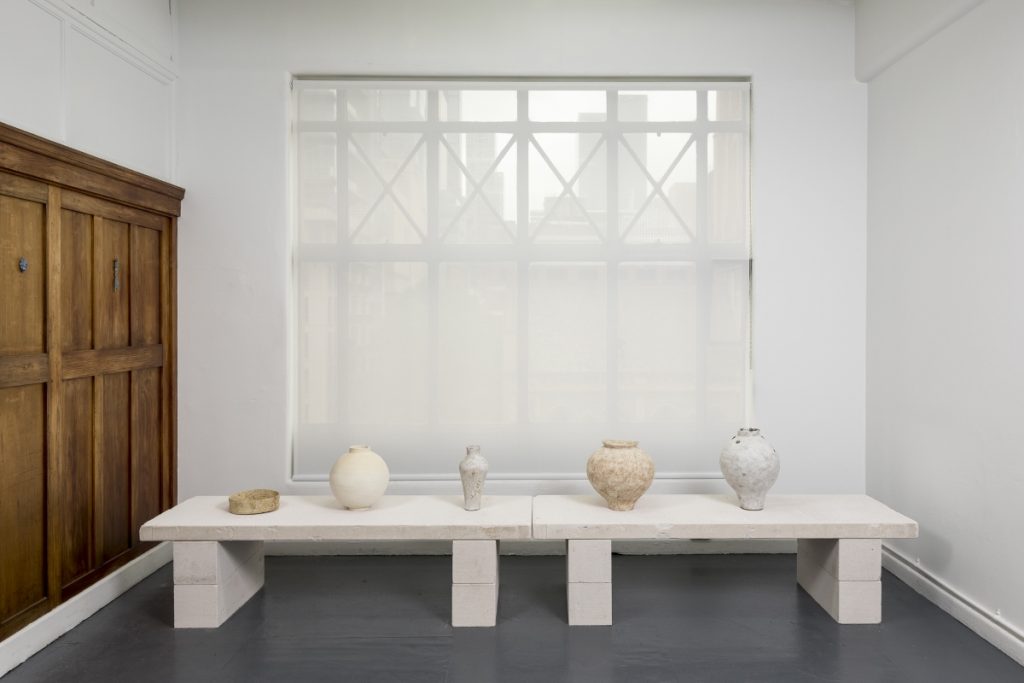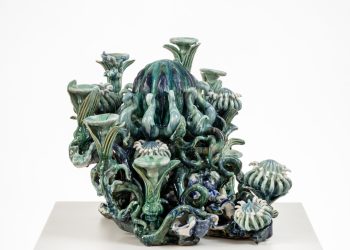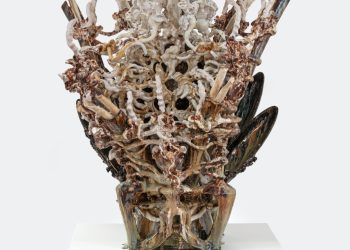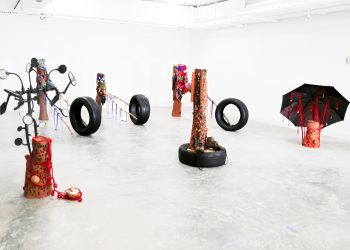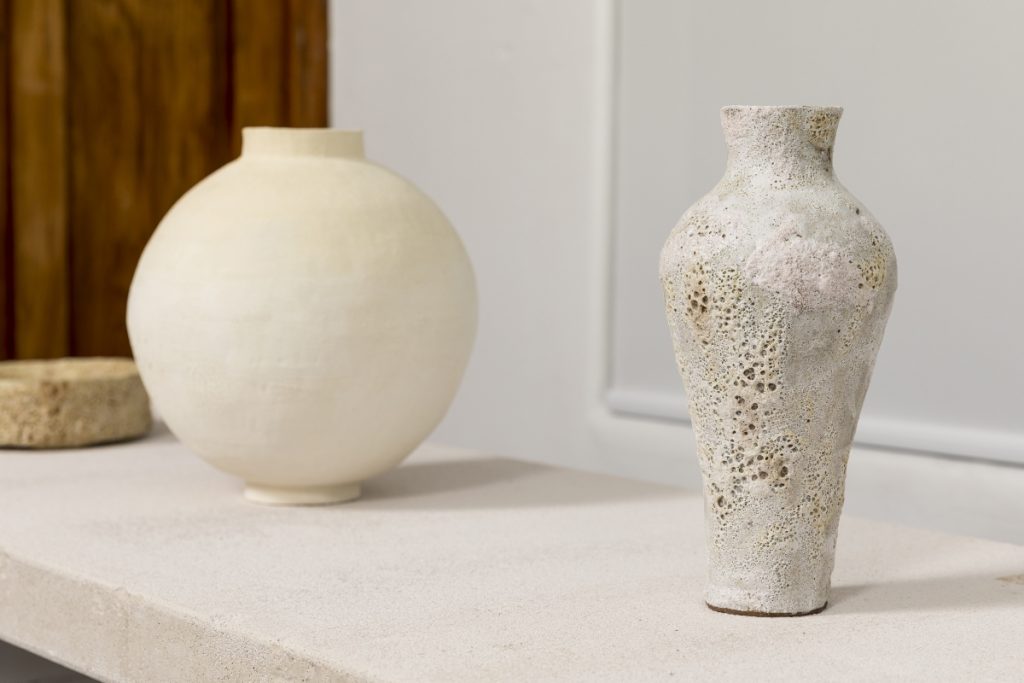
(Three Artists, Forms, Colour), 2020, Installation view, Reading Room, Melbourne. Photo by Andrew Curtis for Reading Room 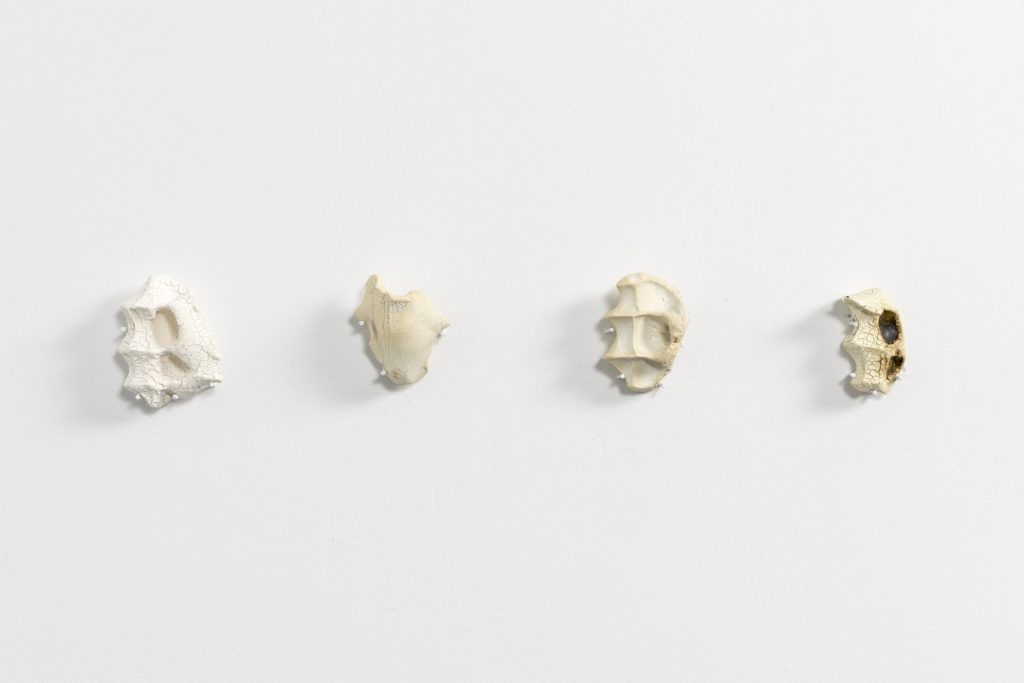
Touch Studies, 2020, Porcelain with reactive stoneware glazes, Dimensions variable. Photo by Andrew Curtis for Reading Room 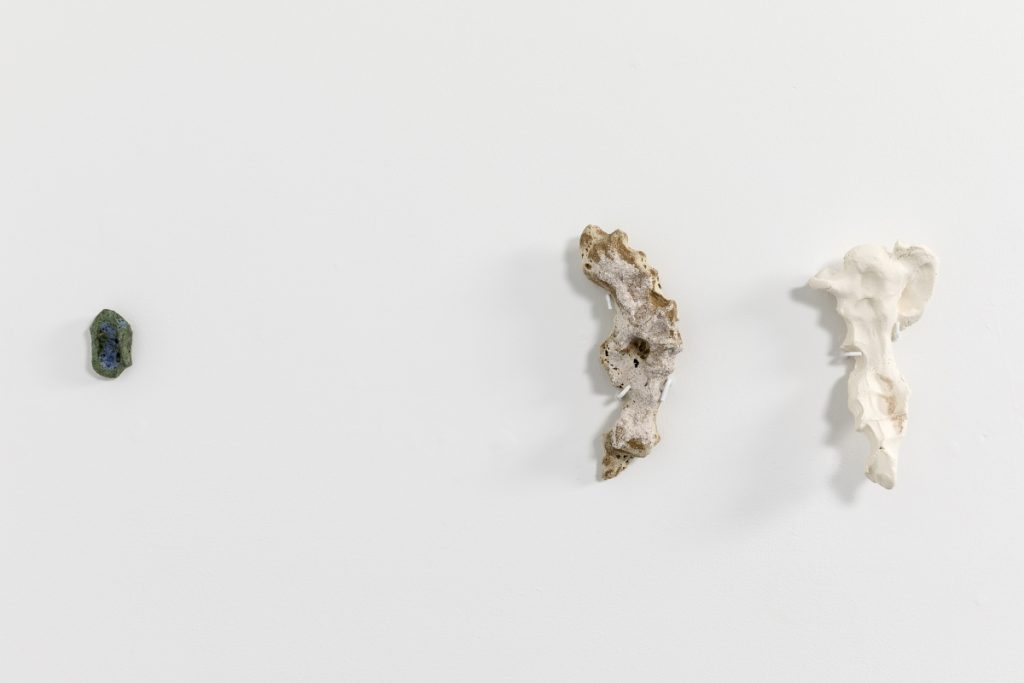
Touch Studies, 2020, Porcelain with reactive stoneware glazes, Dimensions variable. Photo by Andrew Curtis for Reading Room 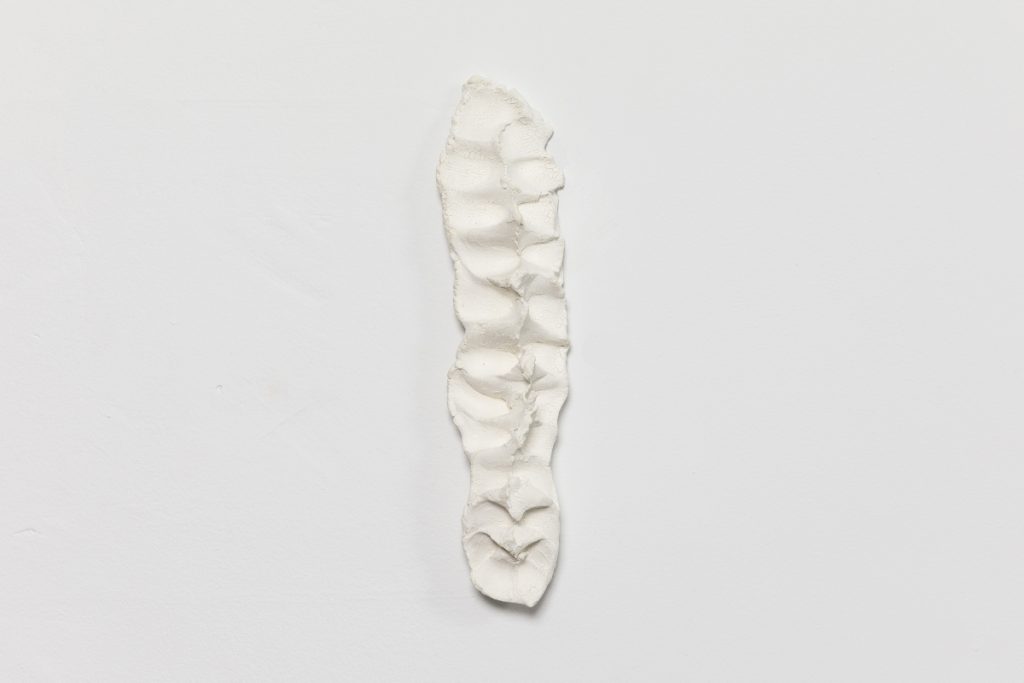
Touch Study 021 (Magnesium Light Spine), 2020, Porcelain with magnesium glaze, 25 x 16 x 3 cm. Photo by Andrew Curtis for Reading Room 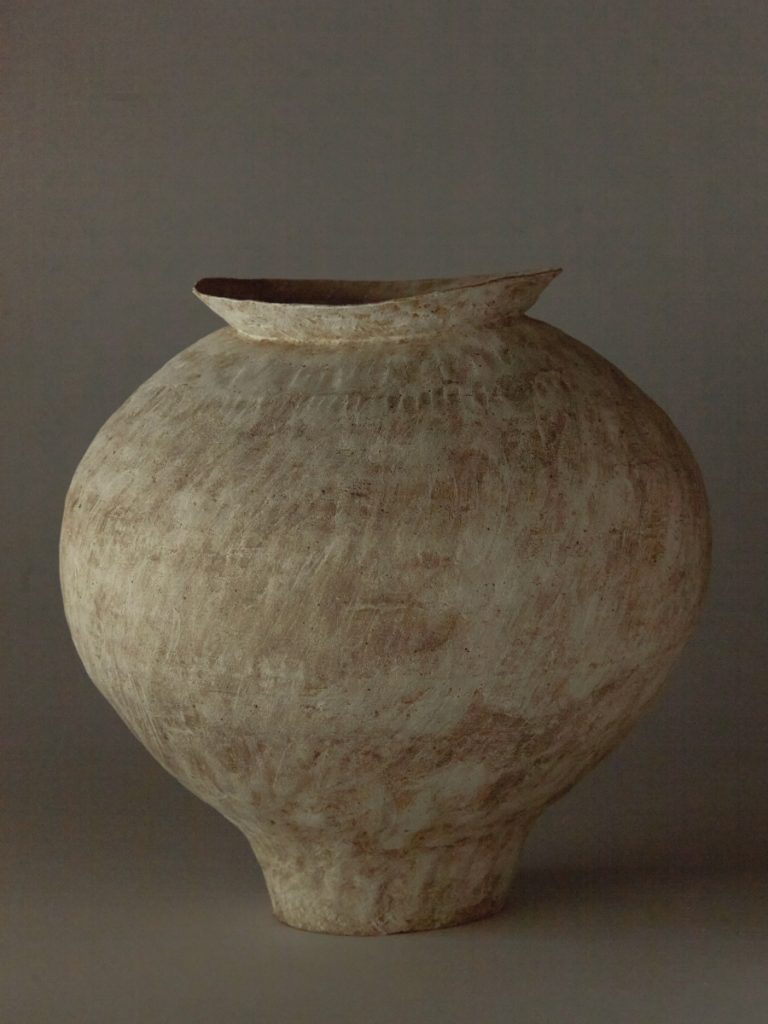
Grace I (Hydria), 2018-2020, Hand-coiled & beaten terracotta with magnesium glaze, 34 x 33 x 32 cm. Photo by Traianos Pakioufakis 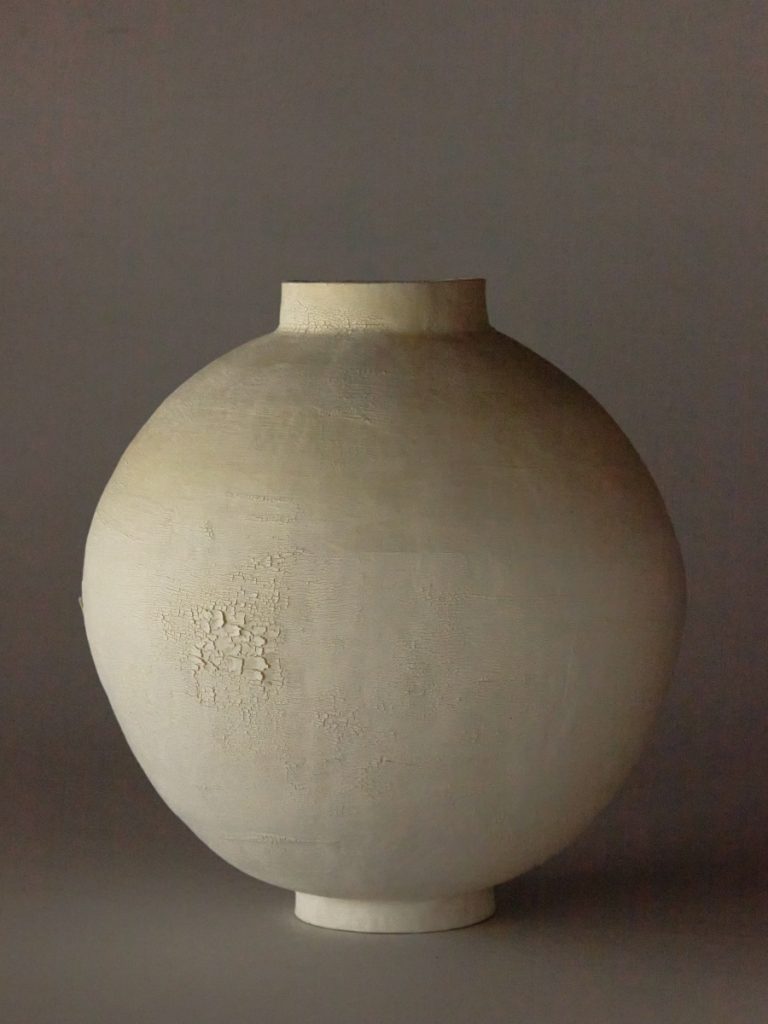
Grace II (Magnesium Moon), 2020, Hand-coiled & beaten porcelain with magnesium glaze, 31 x 30 x 30 cm. Photo by Traianos Pakioufakis 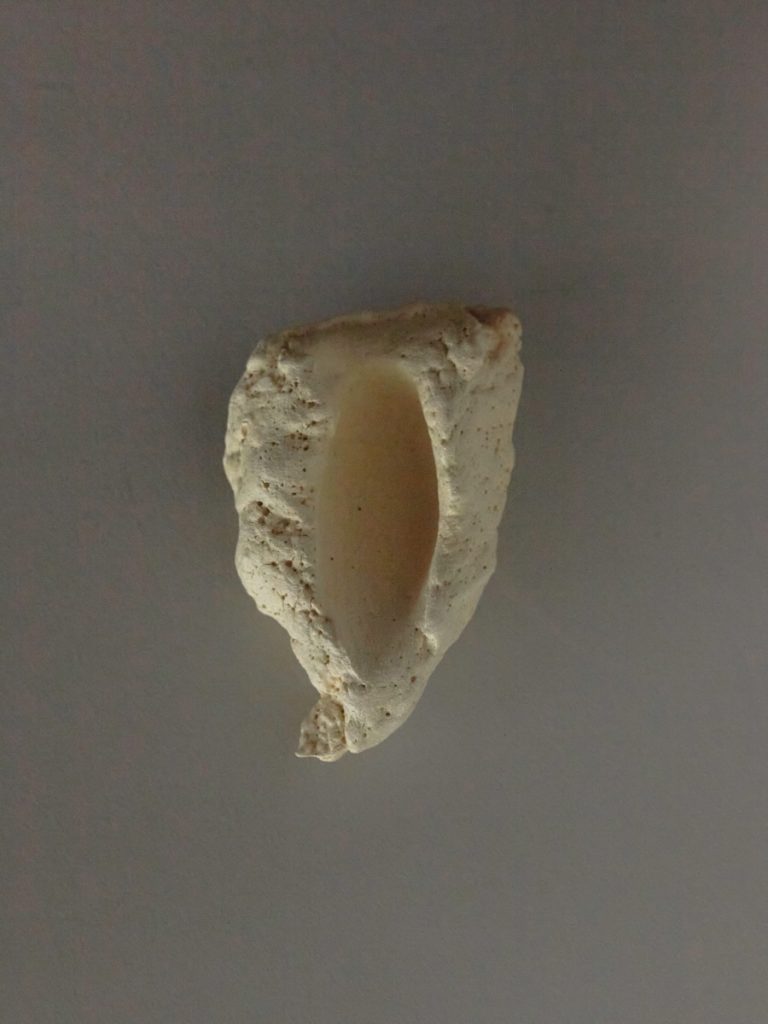
Touch Study 007 (Thumb drag), 2020, Porcelain with magnesium and tin glaze, 8 x 5 x 2 cm. Photo by Traianos Pakioufakis 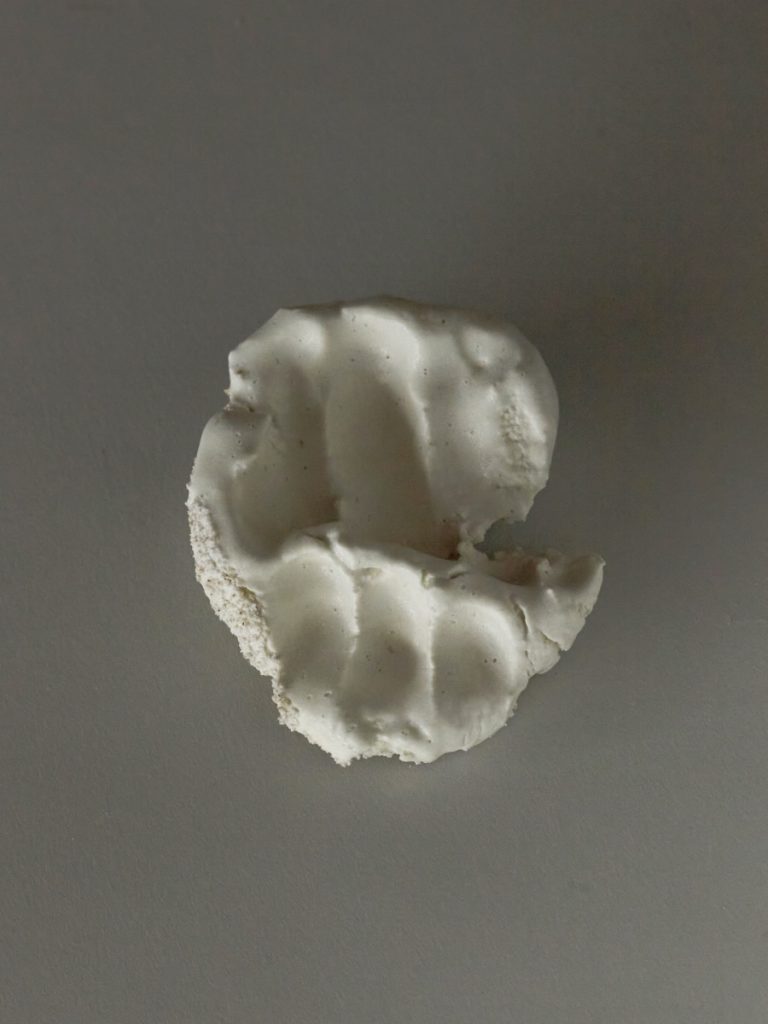
Touch Study 012 (White Three Drag), 2020, Porcelain with stoneware glaze, fired in sand saggar, 8.5 x 6.5 x 2 cm. Photo by Traianos Pakioufakis 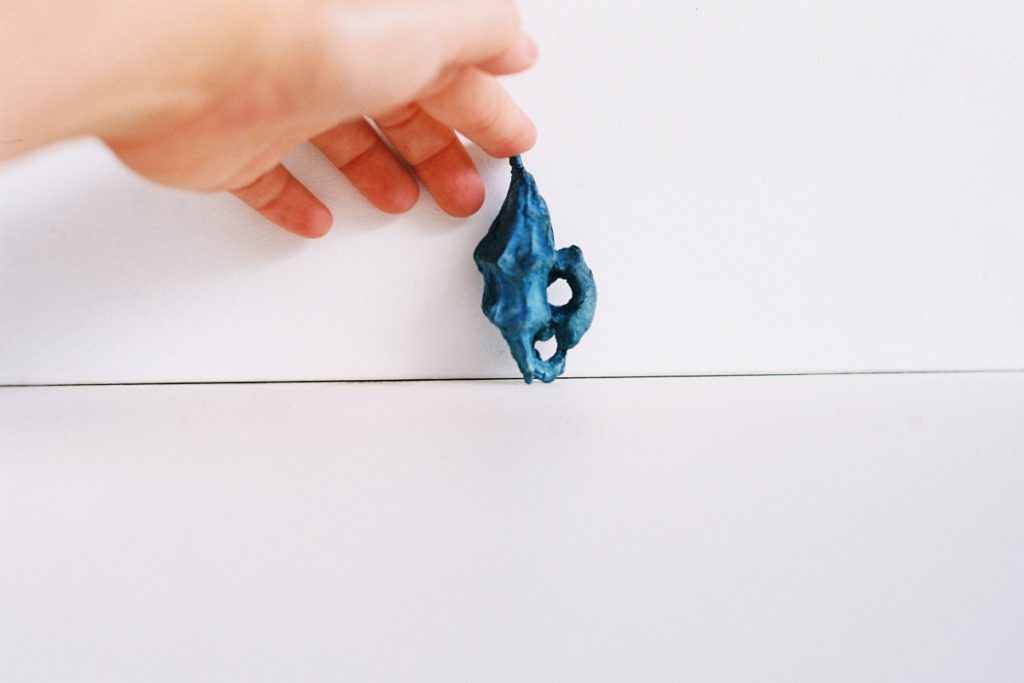
Inversion (Palm Squeeze Blue), 2020, Bronze, 7 x 3 x 2.5 cm. Photo by Alana Wilson 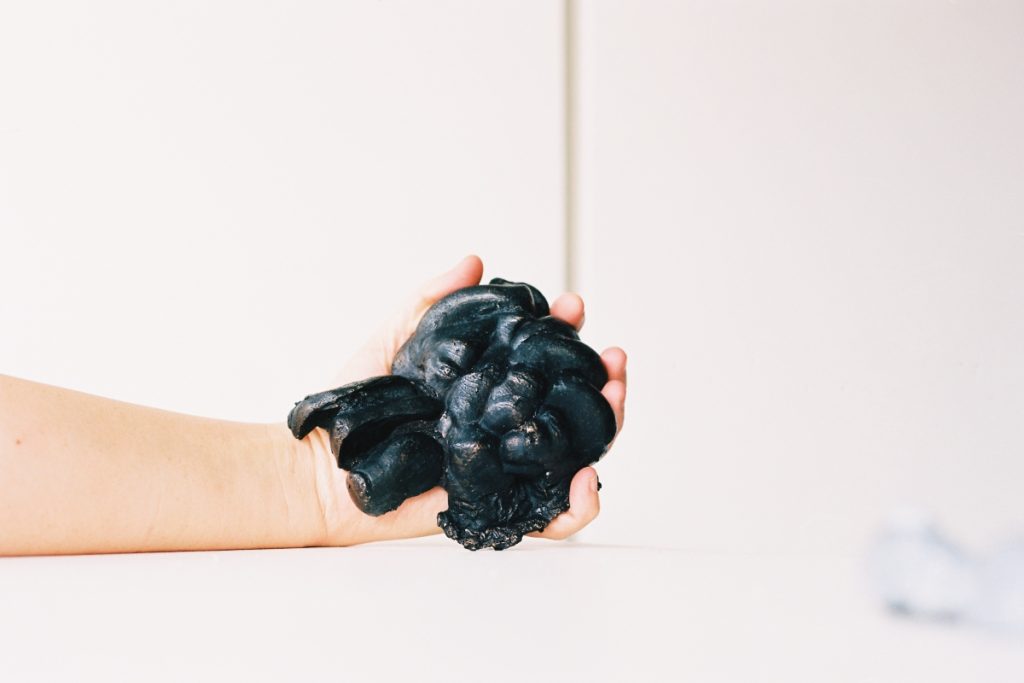
Inversion (Carbon-smoked Touch Sketch), 2020, Bronze, 13 x 11.5 x 5 cm. Photo by Alana Wilson 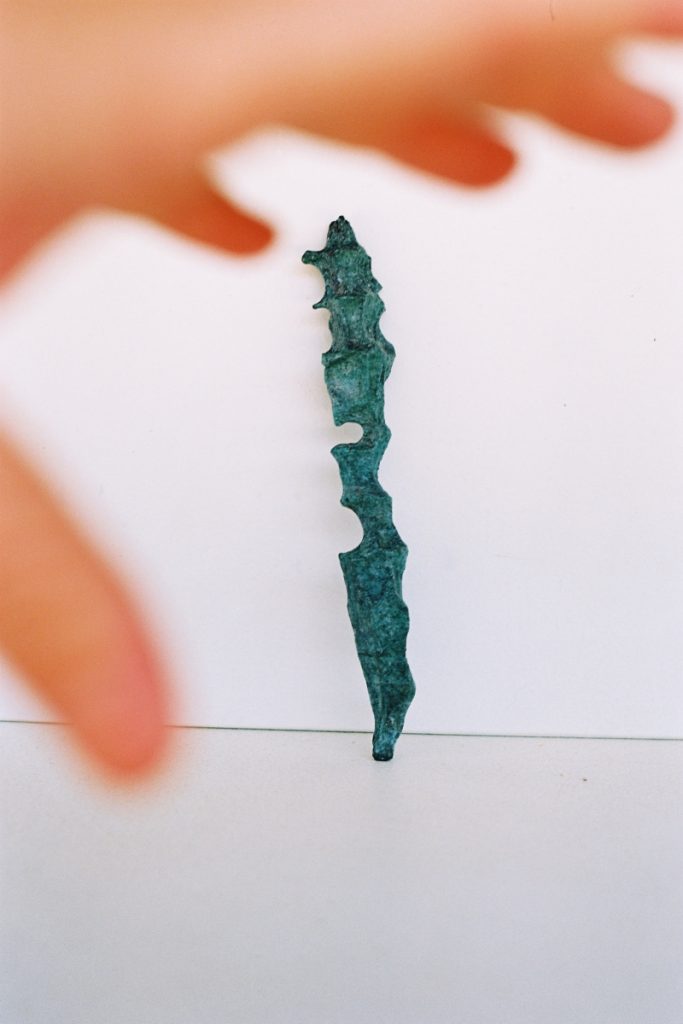
Inversion (Verdigris TS035 Impression), 2020, Bronze, 17 x 2.5 x 1.5 cm. Photo by Masashi Kuromoto 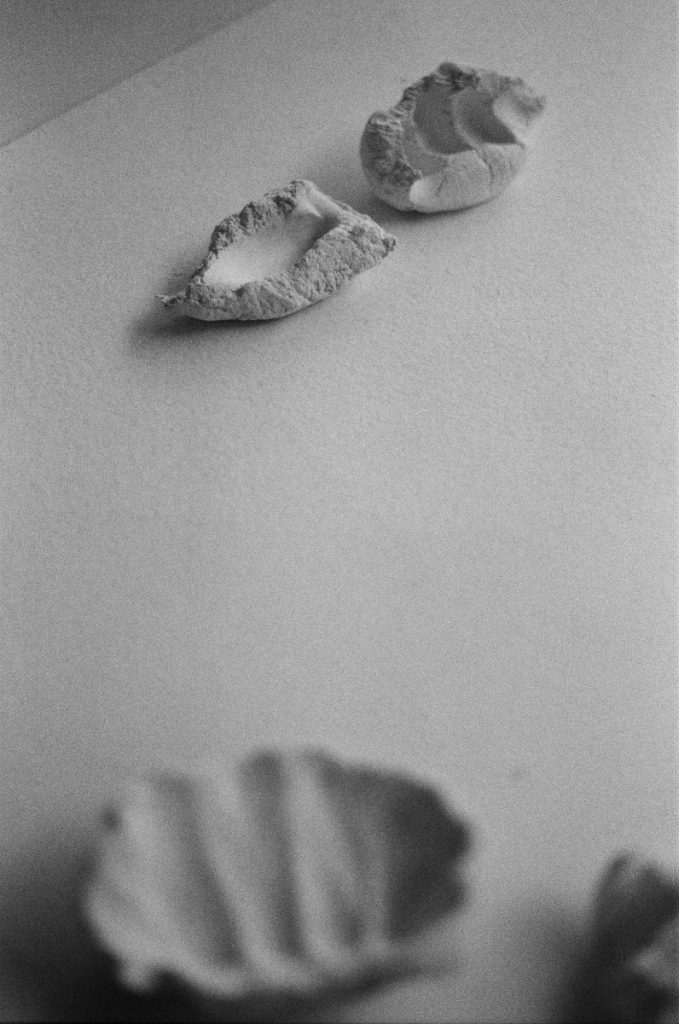
Touch Studies (Raw, in progress), 2019-2020, Unfired porcelain, in progress. Photo by Alana Wilson 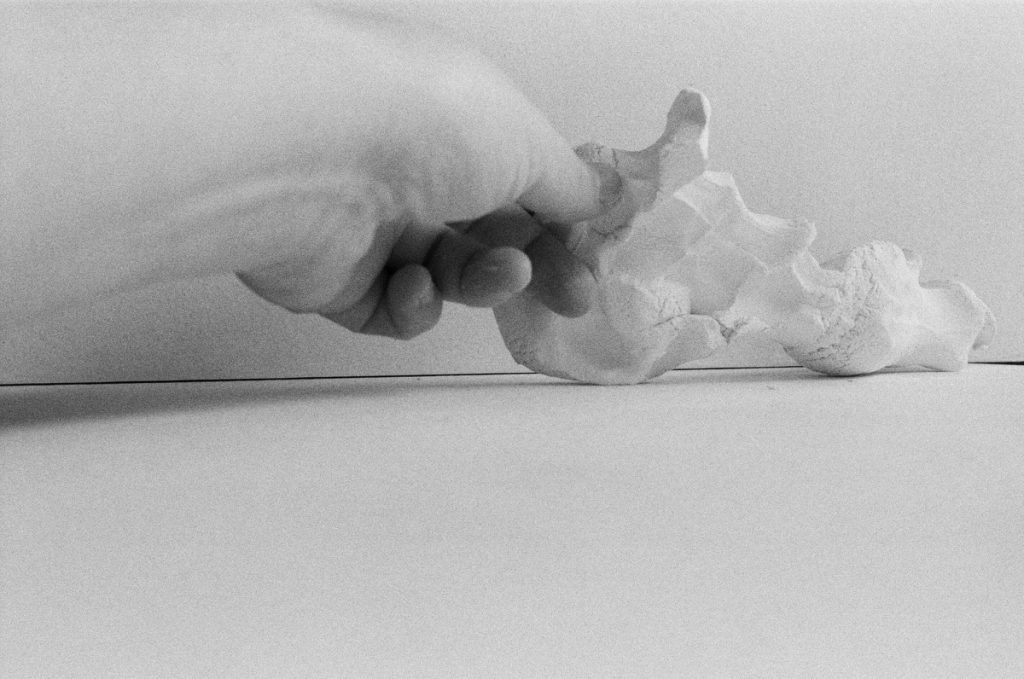
Touch Studies (Raw, in progress), 2019-2020, Bisque-fired porcelain, in progress. Photo by Alana Wilson 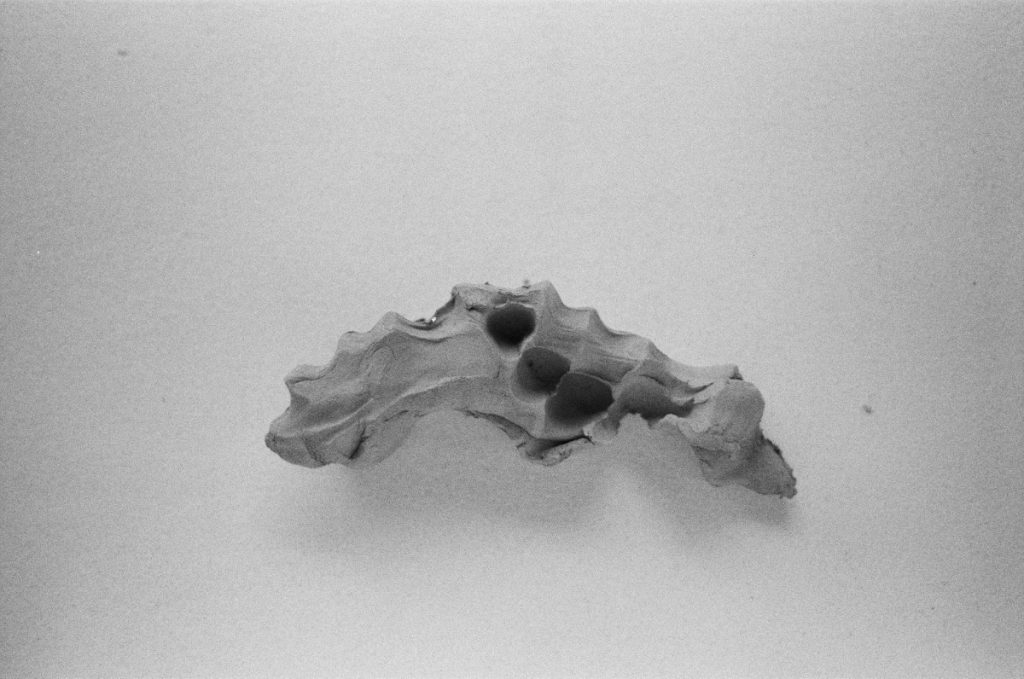
Touch Studies (Raw, in progress), 2019-2020, Bisque-fired porcelain, in progress. Photo by Alana Wilson
Alana Wilson: Touch Studies, Inversions, 2019-2020
The ‘Touch Studies’ were born from a longing to collapse the hierarchy between the making process and the final work. In most instances, the clay is worked, coiled, and beaten into a vessel form, over many hours. These studies are purely instinctual, physically generated within 5-15 seconds before considered “enough” or complete. They are beginnings, sensitive explorations, traces of human touch alluding to the softness and tactuality of the clay. Some preserve the makers mark – thumbprints, palmprints – evidence of impetus, whilst others are heavily glazed and buried within the kiln – depictions of the chemical reactions and firing process.
There is a generous inclusivity of the studio processes – touch, tear, squeeze, push, roll, stretch, join, beat, turn. These are all techniques used within the choreography of the making process, between the human body and the clay. I chose to consciously pause in these techniques, to observe and form an acceptance of something that is only half-completed, or even only just beginning. It is a rare occurrence to pause at the beginning of something. The Touch Studies act as a prelude to the destination. They are the beginnings whereas the vessels are the refined and realised ends.
The series of vessels – ‘Graces’, all depict how they were created within their surfaces. The centrifugal making process is evident, a meditaitve-like rhythm of coiling and beating the form into shape. They sit alongside the touch studies and inversions as more refined forms, a nod to the nobility of the utilitarian and the endurance of ceramics within daily human life.
Glaze experimentation is an ongoing thread throughout my work. Glaze ingredients such as silicone carbide, lithium, barium, cryolite, salt, are included in the glazes and layers of washes to build up the surface ready for firing. The kiln reaches 1260°C – a heat in which silicone carbide has turned to gas, leaving an exposed bubble or crater; lithium, cryolite, and salt eat away at anything in their path, leaving evidence of their destructive makeup; barium will both destroy and crystallise, leaving green moss-like deposits on the surface. Recent experimentations included firing pieces in sand saggars in an attempt to avoid kiln damage, but also to maximise the damage to just the intended works, leaving remnants of shells, sand, and oxide vapour flashing. Inmore subtle glazes, dry surfaces are built up with just clay and magnesium, softly veiling the clay body beneath.


